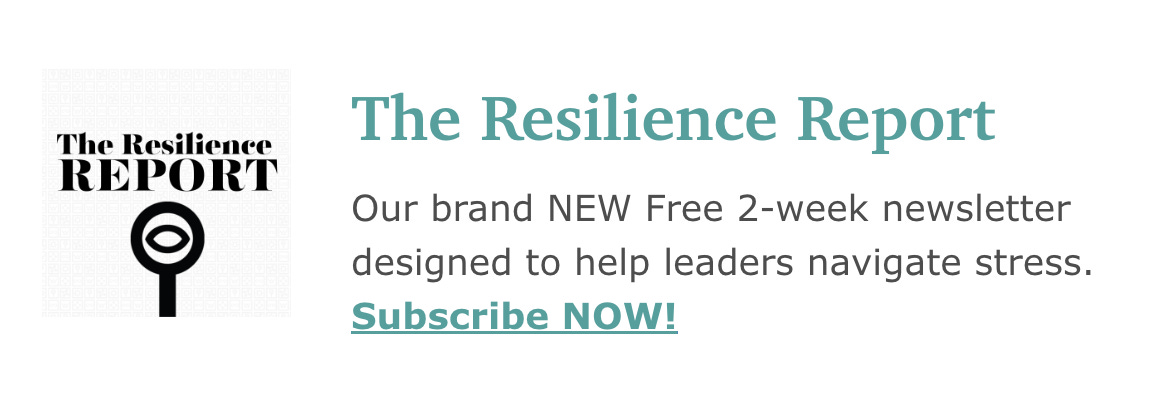Em Dashes, Ellipses, and Other Signs You’re Just Trying to Sound Human
You can pry the em dash from my cold dead cyborg-y hands.
Yes, AI Uses the Em Dash. So Do I.
Apparently, the em dash is a red flag for AI.
What nerd doesn’t love a good grammar debate?!?!
Also, I’m not giving up my em dash — so there. 😝
You can learn a lot about someone by how they use punctuation.
What an Em Dash Reveals (and What It Hides)
If you haven’t been down this LinkedIn rabbit hole lately, you may have missed it: the poetic em dash is under suspicion, or more specifically, people who use the em dash are under suspicion, and people of the interwebs have opinions — strong opinions.
Apparently, it’s a red flag that you are best friends with AI, which of course means that you couldn’t possibly have an original thought in your little human head. <sarcastic tone> (Also, when is someone going to create the universally understood sarcasm emoji?!)
But here’s some food for thought from a long-time lover of the em dash:
We’re not just talking about grammar.
We’re talking about how people work to sound human — in emails, in leadership, and in life.
It is how people attempt to communicate the voice inside their heads to the world outside their heads.
Consider for a moment:
– The thoughtfully placed em dash to soften a truth
…The ellipsis, when we’re not quite sure….questioning, but just shy of an actual question…a literary hmmmmm…
!!! The exclamation point, to make something sound friendly and excited, and we want to be clear that our intention is good, even if it is mixed with a teensy bit of anxiety.
It’s not just writing.
It’s linguistic rhythm.
It’s a strategy.
It’s communication.
Sometimes it’s armor.
The History of the Em Dash
Because we are nerds.
The em dash (or something like the em dash) has been used for-eva. As far back as classical ancient Greek and Latin texts, there were attempts to denote a long pause or a purposeful or emphasized break in thought.
The “modern” em dash hails from the world of 15th-century typography, where it was used as a catch-all punctuation mark. Think about the printing press typography — all of those characters and tiny little letter tiles. One punctuation mark to rule them all was a solid strategy.
It is called an em dash because it is roughly the width of a typographic capital M.
You are welcome. If that question ever comes up in trivia, you will CRUSH.
Poets looooooooove the em dash. Poetry often requires the insertion of a deliberate and/or dramatic pause. Our girl, Emily Dickinson, loved herself an em dash (or at least those interpreting her original work do).
I Heard a Fly Buzz — When I Died (final two stanzas)
I willed my Keepsakes — Signed away
What portion of me be
Assignable — and then it was
There interposed a Fly —With Blue — uncertain — stumbling Buzz —
Between the light — and me —
And then the Windows failed — and then
I could not see to see —
Then typewriters kinda killed the em dash because there aren’t em dashes on typewriters. So the diehard em dashers had to use a double hyphen -- to em dash — decidedly less sexy.
Why We Tinker With Our Tone
Fast forward to modern times, leaving the nerdy history lesson behind, and back to our original point.
Let’s be honest — we’ve all edited a sentence 17 times not for clarity, but for tone.
We worry we’ll sound too direct.
Too robotic.
Too casual.
Too much.
But really, what we want is for people to hear our intention. We want people to hear what we are saying in our voice.
We live in a world where a lot of our communication happens via email, text message, social media blurb, and internet meme.
The grammar police and the teenager who communicates with a string of emojis, no capital letters, and zero punctuation might actually be trying to access the same thing — tone and emotional context.
Your Style Is a Mirror
The way we communicate is how our internal world and external world hold hands. It is a direct demonstration of how we move through the world and interact with the people in it.
Are we sometimes over-editing? Self-censoring? Perhaps. Maybe sometimes, yes. It is worth a little self-reflection.
Are you using ellipses to trail off and avoid directness?
Are you using em dashes to soften sharp edges?
Are all of those exclamation points masking burnout and frustration with enthusiasm?
And here’s the thing: The difference between avoidance and communication savvy is often intentionality.
If we want to grow as leaders and communicators, we need to pay attention to how we communicate and why.
We need to ask:
Is my communication effective?
What am I protecting with this sentence?
Is how I am perceived aligned with my actual intention?
Those are some situational and nuanced questions.
Coming full circle back to the em dash — would a pause, both literal and figurative, help me communicate my intention more accurately and effectively? Food for thought. 🙂
Your unapologetically em dash-loving, human, and imperfect colleague,
Anna










